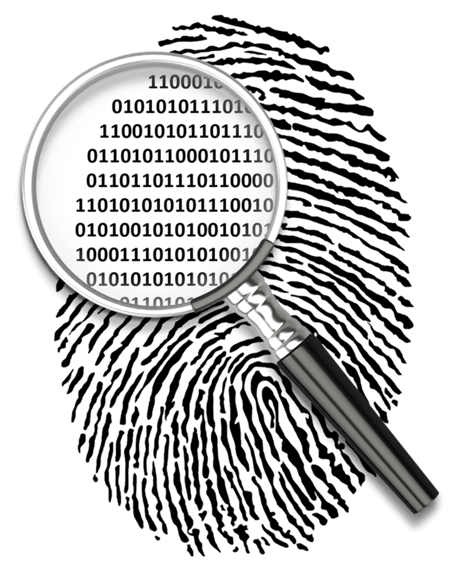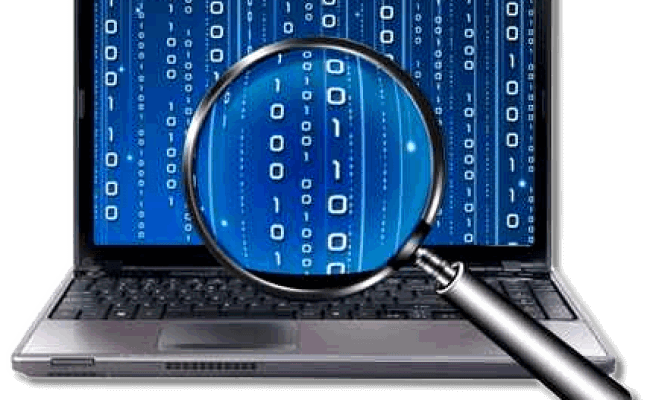-
Network Forensics

It’s the capture, recording, and analysis of network events in order to discover the source of security attacks or other problem incidents. Packet capture is the process carried out by a packet analyser also known as a protocol analyser, network analyser or packet sniffer. All network problems can be traced down to the packet level. But it is not just that packet analysis offers an understanding of how the interaction between services really works. The most important function of packet capture is network detection.
Why is Network Forensics Necessary?
The purpose of network forensic analysis is to identify where network attacks are concerned. On the other side, it is used to collect evidence by analysing network traffic data in order to identify the source of an attack. Forensics can be applied to many situations to solve performance, security and policy problems on today’s high-speed networks. These include:
- Finding proof of a security attack
- Troubleshooting intermittent performance issues
- Monitoring user activity for compliance with IT and HR policies
- Identifying the source of data leaks
- Monitoring business transactions
Our Approach
A Network forensic examination is carried out in various phases to ensure clear planning and delivery model.
- Identification: Initially we recognizing and determining an incident based on network indicators. This step is significant since it has an impact in the following steps.
- Preservation: Securing and isolating the state of physical and logical evidences from being altered.
- Collection: Recording the physical scene and duplicating digital evidence using standardized methods and procedures.
- Examination: In-depth systematic search of evidence relating to the network attack. This focuses on identifying and discovering potential evidence and building detailed documentation for analysis.
- Analysis: Determine significance, reconstruct packets of network traffic data and draw conclusions based on evidence found.
- Reporting: After gathering all the data, we analyse the data and provide you with a complete easy to understand report containing criticality level, risk, technical and business impact.
- Quality Assurance: All forensics analysis goes through a number of technical and editorial quality assurance phase.
- Presentation: The final phase in network forensic analysis will be a presentation of all documentation to you. We will walk you through the information provided, make any updates needed, and address questions regarding the analysis output.
Deliverables
The outcome of Network forensic analysis will include an executive summary and a technical finding report. The executive summary includes overview of analysis activities, scope, when and how the attack happened and identify the source of an attack. The technical findings report will include a detailed description of the source of the attack and who is the attacker.
Our security engineers will walk the client through the information provided, make any updates needed, and address questions regarding the technical findings report. Following the submission of the initial report, we’ll provide new revisions of documentation and schedule any formal examination, if applicable.
-
System Forensics

It’s pertaining to evidence found in computers and digital storage media. Our digital forensics investigators use various methodologies to pursue data forensics, such as decryption, advanced system searches, reverse engineering, or other high-level data analyses.
Why is System Forensics Necessary?
The purpose of system forensic analysis is to identify where system attacks are concerned. On the other side, it is used to collect evidence by analysing system log in order to identify the source of an attack. Forensics can be applied to many situations to solve performance, security and policy problems on today’s high-speed networks. These include:
- Finding proof of a security attack
- Troubleshooting system performance issues
- Monitoring user activity for compliance with IT and HR policies
- Identifying the source of data leaks
- Monitoring business transactions
Our Approach
A System forensic examination is carried out in various phases to ensure clear planning and delivery model.
- Evaluation: Once we receive the initial order, we first allocate the roles and resources and then The identification of any known risks during the course of the investigation.
- Acquisition: In this step we collect all of the evidence and the latent data from the computer systems including face to face interviews with the IT staff of the targeted organization.
- Collection: This is the part where the actual physical evidence which are used to capture the latent data are labelled and sealed and then transported to the forensics laboratory.
- Analysis: After collecting all the data they are then researched to determine how and where the Cyber-attack originated from, whom the perpetrators are etc.
- Reporting: After gathering all the data, we analyse the data and provide you with a complete easy to understand report containing criticality level, risk, technical and business impact.
- Quality Assurance: All forensics analysis goes through a number of technical and editorial quality assurance phase.
- Presentation: The final phase in system forensic analysis will be a presentation of all documentation to you. We will walk you through the information provided, make any updates needed, and address questions regarding the analysis output.
Deliverables
The outcome of System forensic analysis will include an executive summary and a technical finding report. The executive summary includes overview of analysis activities, scope, when and how the attack happened and identify the source of an attack. The technical findings report will include a detailed description of the source of the attack and who is the attacker.
Our security engineers will walk the client through the information provided, make any updates needed, and address questions regarding the technical findings report. Following the submission of the initial report, we’ll provide new revisions of documentation and schedule any formal examination, if applicable.
-
Advanced Smartphones Forensics

Smart forensics main advantage is its ability to search and analyse vast amount of information quickly and efficiently. This service helps to locate the key evidence on a smartphone. How the data got onto the smartphone? How to recover deleted mobile device data that most forensic tools miss? How to decode evidence stored in third-party applications? How to detect, decompile, and analyse mobile malware and spyware. How to handle locked or encrypted devices, applications, and containers.
Why is Smartphone Forensics Necessary?
The purpose of smartphone forensic analysis is to identify where device attacks are concerned. On the other side, it is used to collect evidence by analysing device data in order to identify the source of an attack. Forensics can be applied to many situations to solve performance, security and policy problems on today’s high-speed networks. These include:
- Finding proof of a security attack
- Troubleshooting intermittents performance issues
- Monitoring user activity for compliance with IT and HR policies
- Identifying the source of data leaks
- Monitoring business transactions
Our Approach
An Advanced Smartphone forensic examination is carried out in various phases to ensure clear planning and delivery model.
- Seizure: The first step in the smartphone forensics is to secure the mobile device by enabling the aeroplane mode, phone jammer and faraday bag.
- Identification: In the next step we identify the mobile device and make an image of the device that has been identified.
- Extraction: In this step we extract all the information from the device that need to be examined.
- Examination: In this step the examiner may need to use numerous forensic tools to acquire and analyse data residing in the mobile device.
- Analysis: After collecting all the data they are then researched to determine how and where the Cyber-attack originated from, whom the perpetrators are etc.
- Reporting: After gathering all the data, we analyse the data and provide you with a complete easy to understand report containing criticality level, risk, technical and business impact.
- Quality Assurance: All forensics analysis goes through a number of technical and editorial quality assurance phase.
- Presentation: The final phase in advanced smartphone forensic analysis will be a presentation of all documentation to you. We will walk you through the information provided, make any updates needed, and address questions regarding the analysis output.
Deliverables
The outcome of advanced Smartphone forensic analysis will include an executive summary and a technical finding report. The executive summary includes overview of analysis activities, scope, when and how the attack happened and identify the source of an attack. The technical findings report will include a detailed description of the source of the attack and who is the attacker.
Our security engineers will walk the client through the information provided, make any updates needed, and address questions regarding the technical findings report. Following the submission of the initial report, we’ll provide new revisions of documentation and schedule any formal examination, if applicable.
